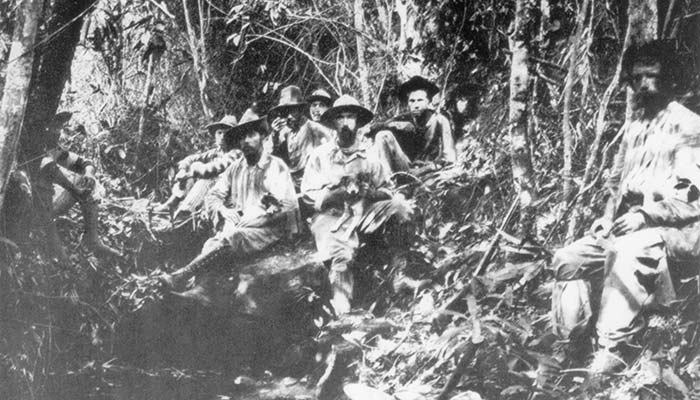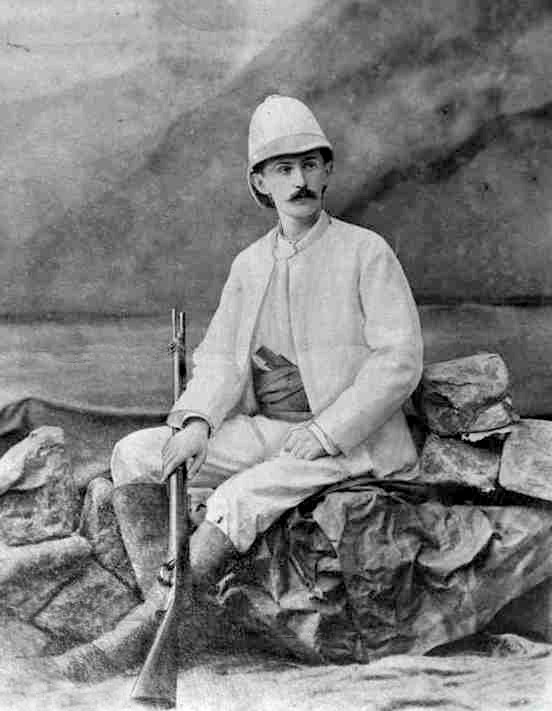
The legend of the Lost City of Z has captivated explorers, archaeologists, and historians for over a century, sparking numerous expeditions into the uncharted territories of the Amazon rainforest. The tantalizing prospect of uncovering a hidden ancient city, filled with untold riches and secrets of a forgotten civilization, has led many to brave the perilous journey. Here, we chronicle the significant expeditions that have sought to unravel the mystery of the Lost City of Z.
Early 20th Century: Percy Fawcett's Pioneering Journeys
1906-1920: British explorer Percy Harrison Fawcett, inspired by his work for the Royal Geographical Society and tales from local tribes, embarked on multiple excursions into the Amazon. Initially tasked with mapping the jungle’s river systems, Fawcett’s accounts of possible archaeological sites fueled interest among the scientific community.
1925: The most renowned of Fawcett’s expeditions occurred in 1925 when he, along with his son Jack Fawcett and friend Raleigh Rimell, ventured into the Amazon to find Z. Despite extensive preparations and support, the trio disappeared without a trace. This sparked a plethora of rescue missions and further expeditions to ascertain their fate, but the dense jungle offered no clues.
Mid-20th Century: The Lure Continues
1951: After numerous unfruitful attempts by others to locate Fawcett and Z, Brazilian explorer Orlando Villas Boas reported finding relics believed to be from Fawcett’s party. However, no conclusive evidence linked these artefacts directly to the lost city.
1970s: Interest in Z was revived by a series of new expeditions, including those led by Polish explorer Stefan Szolc-Rogozinski. Utilizing modern technologies like aerial photography, these expeditions mapped potential archaeological sites, but none could conclusively claim to have discovered Z.

Late 20th to Early 21st Century: Modern Approaches
1996: American explorer John Hemming conducted an expedition with advanced GPS technology, aiming to reconstruct Fawcett’s route and uncover any archaeological evidence of ancient civilizations. Hemming and his team uncovered pottery and stone tools indicative of indigenous cultures, but the Lost City of Z remained elusive.
2005: In a groundbreaking expedition, archaeologist Michael Heckenberger and a team from the University of Florida discovered extensive networks of towns and villages in the Upper Xingu region of the Amazon, interconnected by road systems and featuring sophisticated earthworks. Although not the mythical city Fawcett sought, this discovery significantly altered perceptions of pre-Columbian Amazonian societies.

Reflections and Future Prospects
The search for the Lost City of Z exemplifies the enduring human quest for discovery and the complexities of translating myth into fact. While many believe that Z may never have been a single mythical city but rather a misunderstood description of complex indigenous civilizations, the Amazon still holds many secrets.
As technology advances and our understanding of history deepens, the allure of the Lost City of Z continues to inspire adventurers and scholars alike. Even if the city itself remains a legend, the true discovery lies in the rich and intricate history of the Amazonian peoples, both known and yet to be uncovered.
Conclusion
For over a century, expeditions in search of the Lost City of Z have showcased the blend of legend, science, and the enduring human spirit of exploration. These journeys have drawn adventurers and researchers alike, driven by the allure of uncovering ancient secrets and the promise of making groundbreaking discoveries.
While it remains uncertain whether future endeavors will definitively uncover the mystery of Z, the quest for discovery will undoubtedly continue to captivate and challenge explorers worldwide. The ongoing pursuit of this mysterious city ensures that the spirit of adventure and the thirst for knowledge will persist, inspiring new generations to delve into the unknown.
POPULAR TODAY
On April 16th, 2015 , a young woman named Elizabeth Salgado vanished without a trace, leaving behind a trail of unanswered questions.
